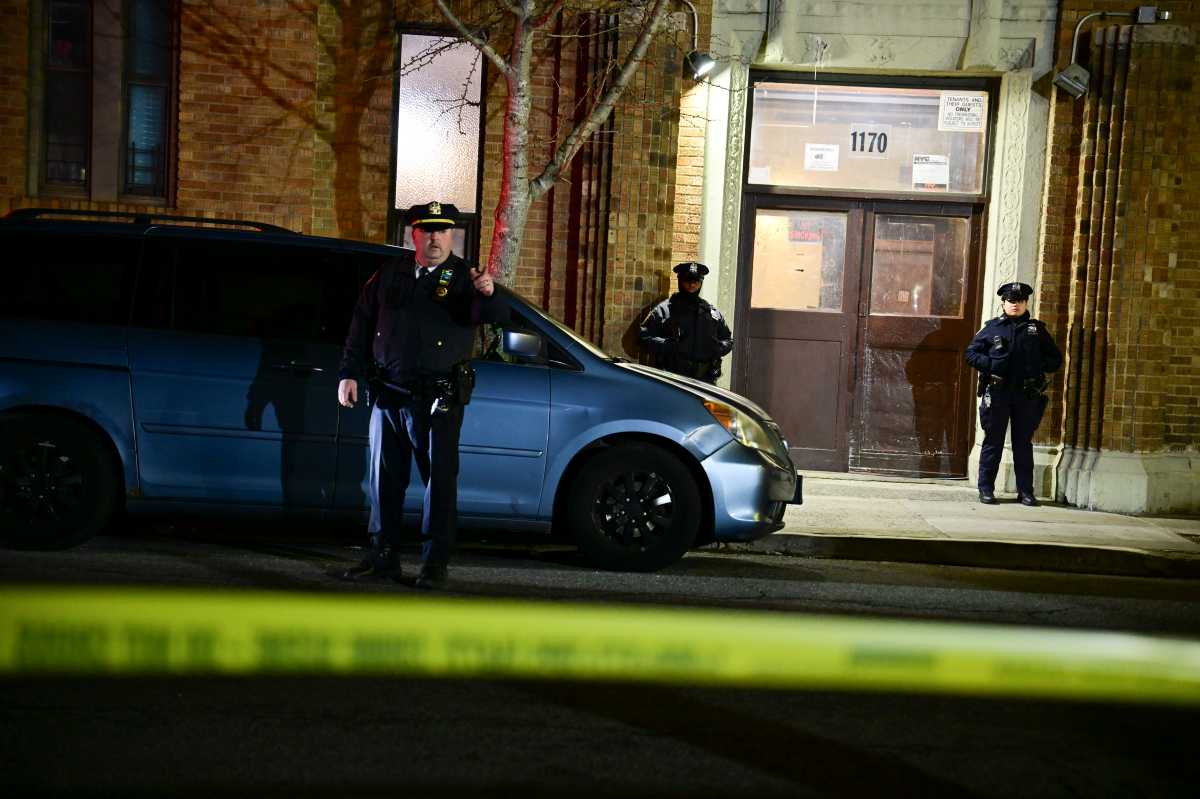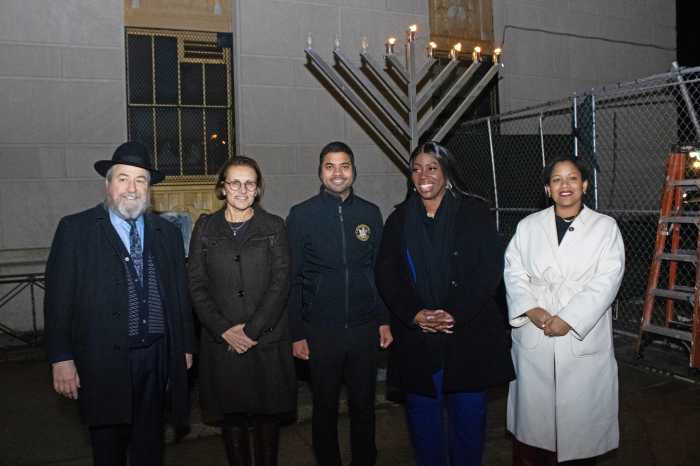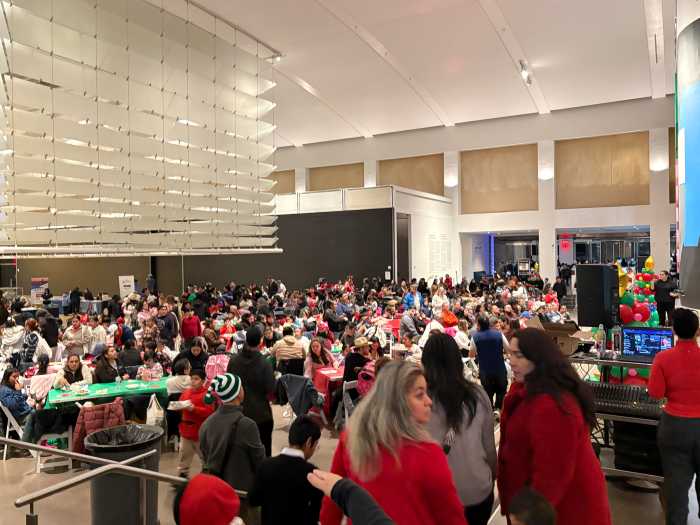Five years after the pandemic emptied New York City’s office towers and made remote work the norm, a new report shows signs of a slow but steady comeback in Manhattan, particularly in high-end buildings across Midtown and Downtown.
A report released Monday by the Real Estate Board of New York (REBNY) found that office visitation in March reached a post-pandemic high, with foot traffic at 75% of 2019 levels. That figure is up from 73% in March 2024 and 67% in Feb. of this year, marking the strongest average visitation rate since June 2024.
The analysis, based on anonymized mobile device data from Placer.ai, tracked visits to 350 Manhattan office buildings. The buildings analyzed span a range of classes and neighborhoods and make up nearly half of the borough’s total office inventory. Per REBNY, only buildings completed by 2019 were included to maintain consistency with pre-pandemic benchmarks.
Top-tier Class A+ buildings led the rebound with an 88% visitation rate in March, up from 81% the month prior and 86% in March 2024. Midtown remained the busiest office district, while Downtown saw a notable jump in foot traffic, from 59% in Feb. to 67% in March.
The report also pointed to strong market momentum, as measured by a “building visitation ratio” comparing the number of properties that saw increases in same-day visits to those with decreases. In March, the ratio stood at 3.4, meaning more than three times as many buildings experienced higher foot traffic than declines.
While REBNY acknowledged the data may reflect visits by people other than office workers — such as maintenance crews, retail shoppers, or individuals carrying multiple devices — the organization maintains the findings reflect a broader picture of economic activity and renewed interest in office attendance.
“Based on March, the office market is registering incremental but meaningful year-on-year gains across all sectors,” said Keith DeCoster, vice president of Research at REBNY. “Increased visitation Downtown is encouraging and warrants continued scrutiny, especially as options in much of Midtown continue to tighten.”
Conversions continue

As office attendance appears to be in a gradual recovery of sorts, the city is leaning into office-to-residential conversions to combat the need for more housing.
According to a February report from RentCafe, the city has more than 8,300 office units in the pipeline for residential conversion in 2025, ranking first in the U.S. and representing a 59% jump from last year.
At 730 million square feet, NYC’s five boroughs have the largest office market in North America, with 82% of it located in Manhattan. Amid continued vacancy in older buildings, officials are pushing policies to incentivize housing conversions.
One major incentive includes tax breaks of up to 90% for office buildings that convert at least 25% of their units to affordable housing.
Recent examples include 25 Water St. in the Financial District, which has been turned into more than 1,300 new homes. Affordable two-bedroom units there, subject to a housing lottery, start at $1,116 per month.
Another high-profile conversion is underway at the former global headquarters of Pfizer at 219 E. 42nd St., where developers are working with architecture firm Gensler to create more than 1,600 apartments.
Manhattan Borough President Mark Levine has called conversions “one of the most exciting tools” for addressing the housing crisis.
In an op-ed for amNewYork, Levine cited new zoning reforms and a state-level tax incentive as key drivers of the trend.
“In the Flatiron District alone, three major buildings are being repurposed to create hundreds of new homes,” he wrote. “Office-to-residential conversions are not a silver bullet—but they are one of the most exciting tools we have today to address our housing emergency.”
Mayor Eric Adams’ City of Yes initiative, aimed at boosting affordable housing across New York City, includes the Midtown South Mixed-Use plan, which proposes building nearly 10,000 new residential units in a key section of Manhattan. Draft plans outline the development across 42 blocks—from 23rd to 41st Streets between Fifth and Eighth Avenues—including up to 3,000 permanently affordable, income-restricted homes.
“That’s not just housing—that’s a new generation of Manhattanites who can afford to stay, work, and raise families here,” Levine said of the Midtown South plan.





































